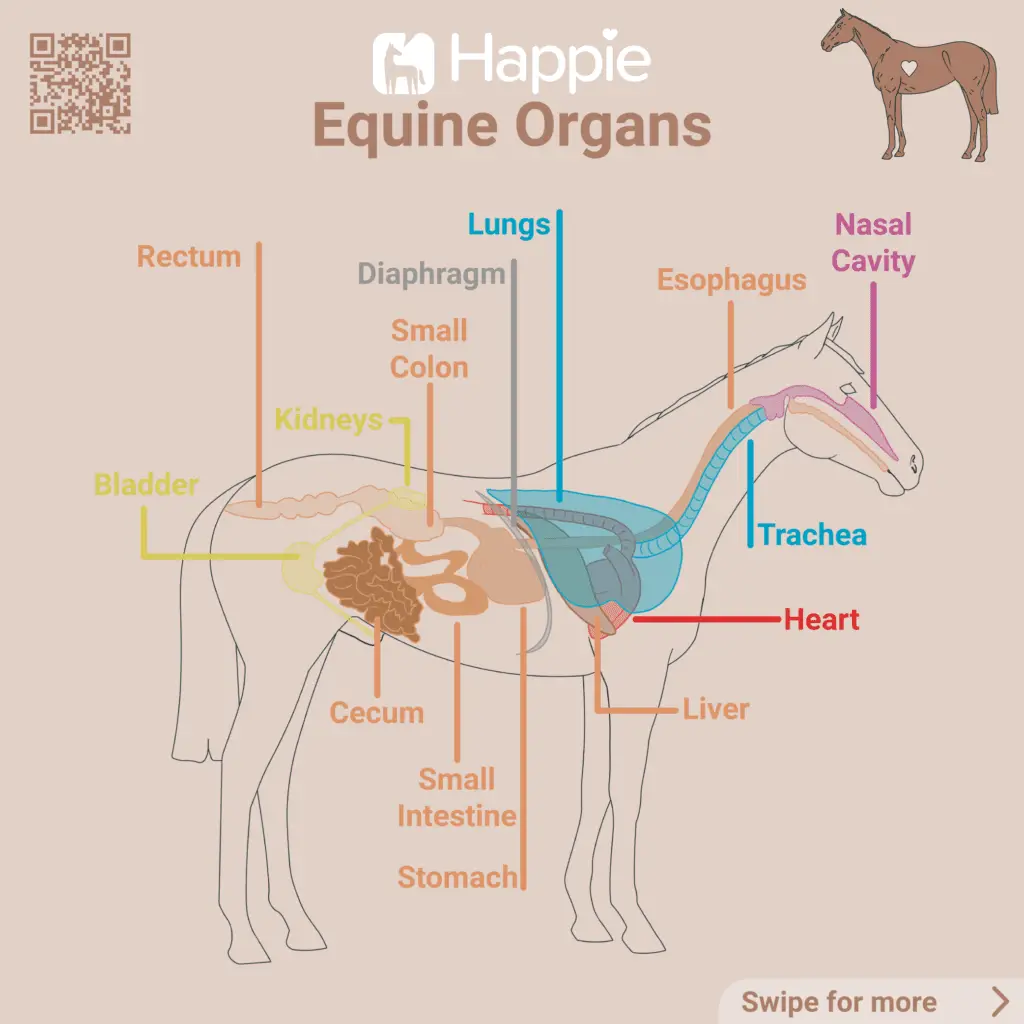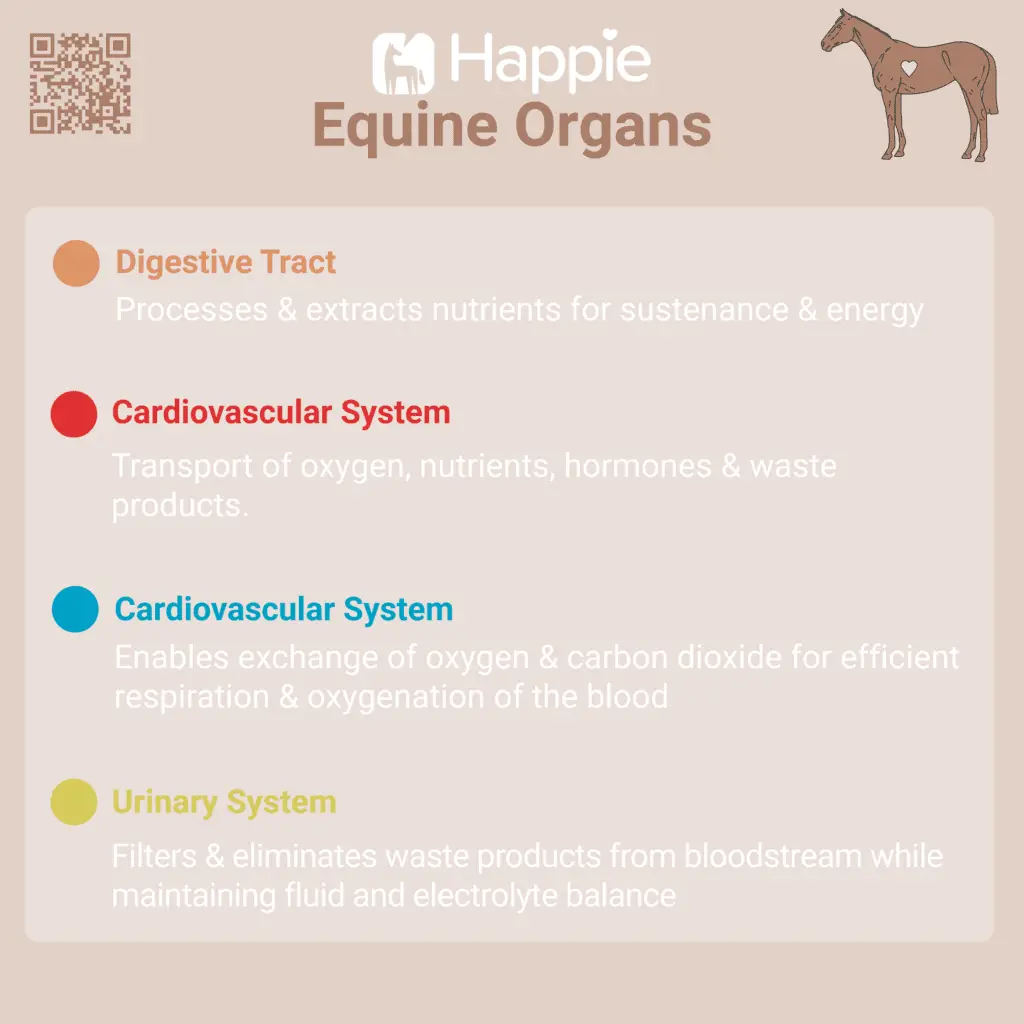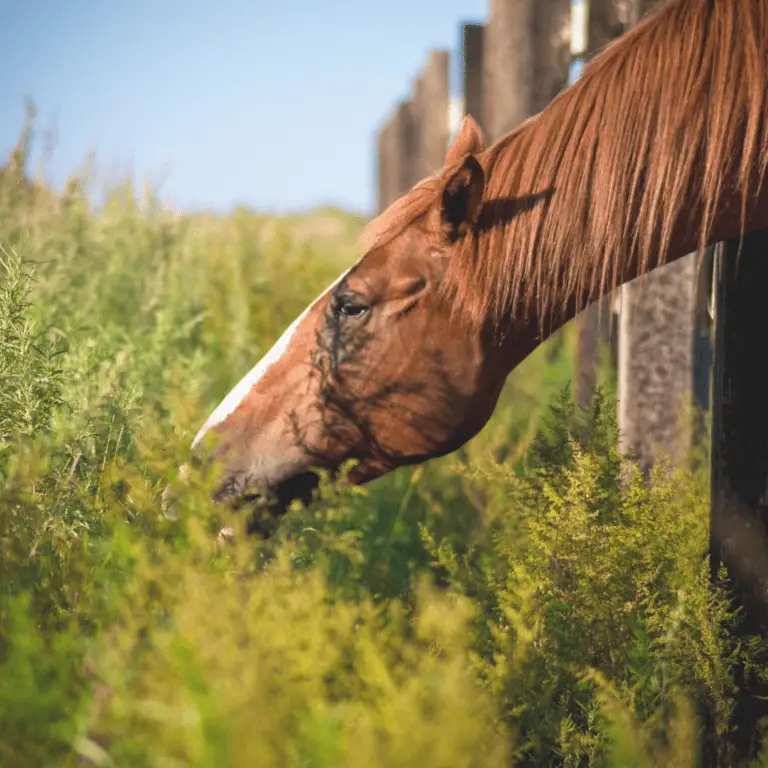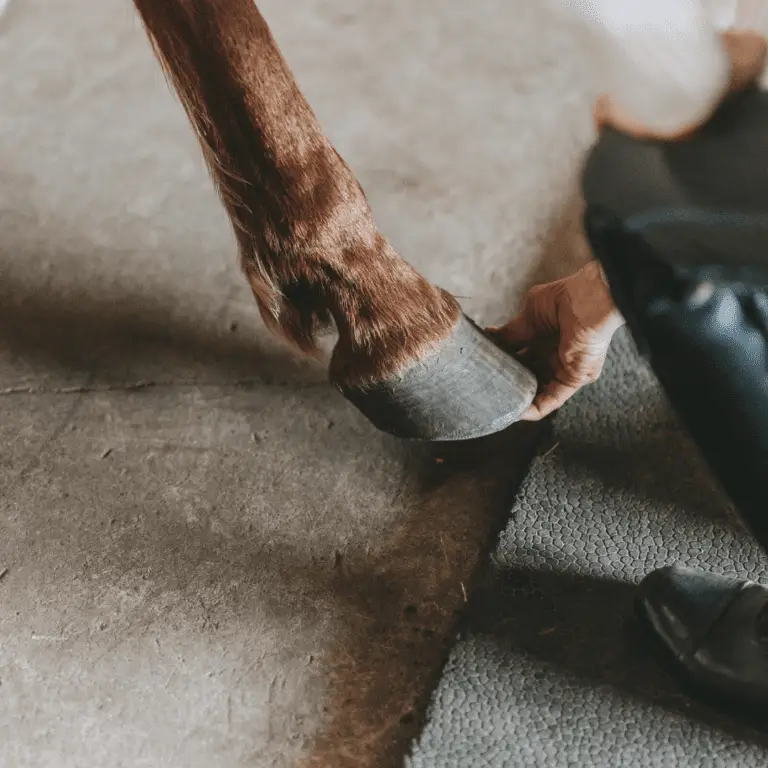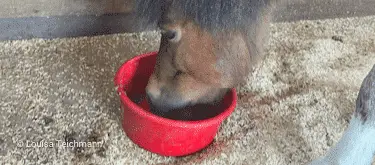
Symptoms on the Horse Body – What Diarrhoea, Urine, Lymph Nodes and the Skin Tell You.
Everything About Symptoms on the Horse Body II Chart on Symptoms on the Horse Body How often do you wish horses could talk to you? Well, you know they can’t, but nevertheless your horse will give you signs when something


